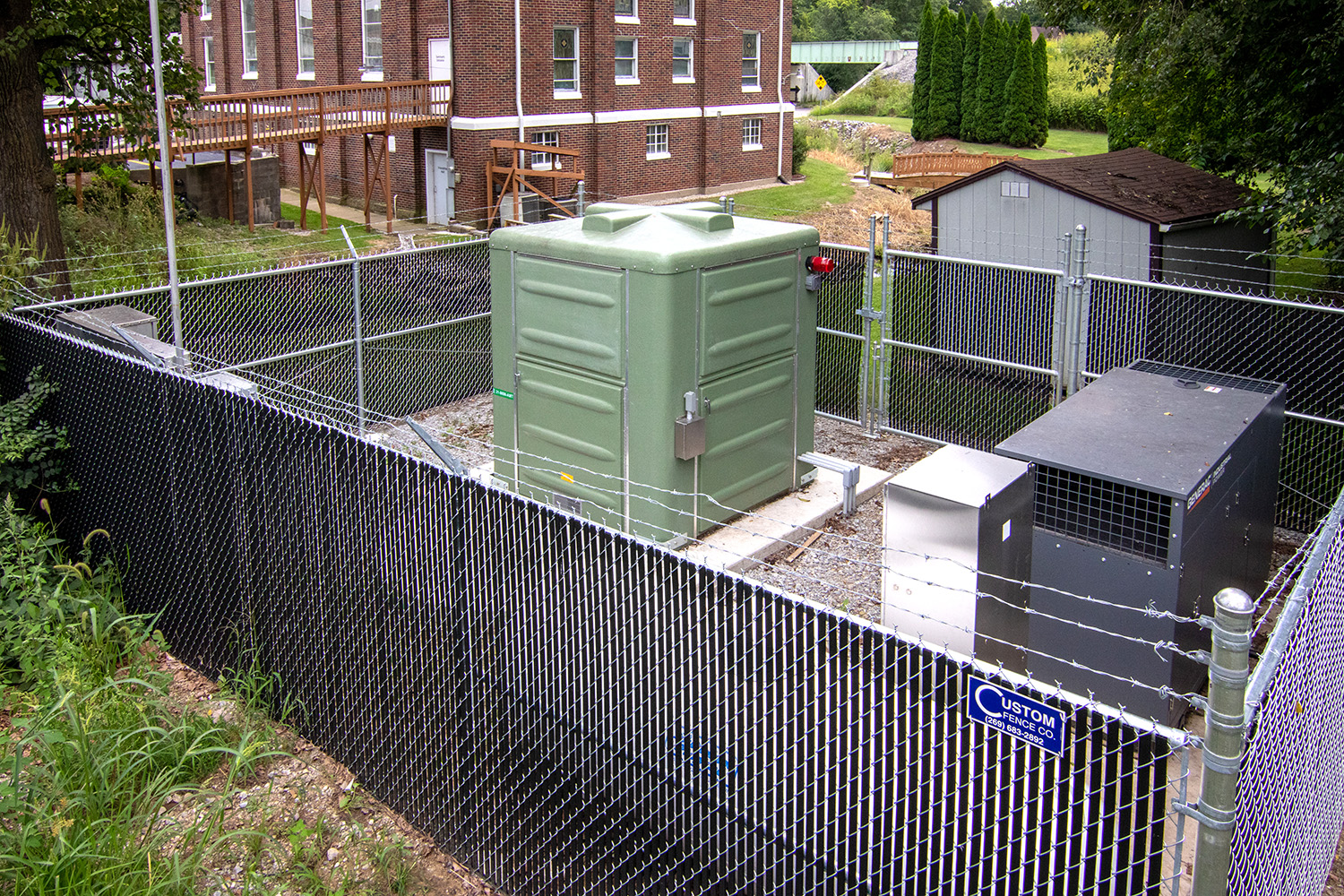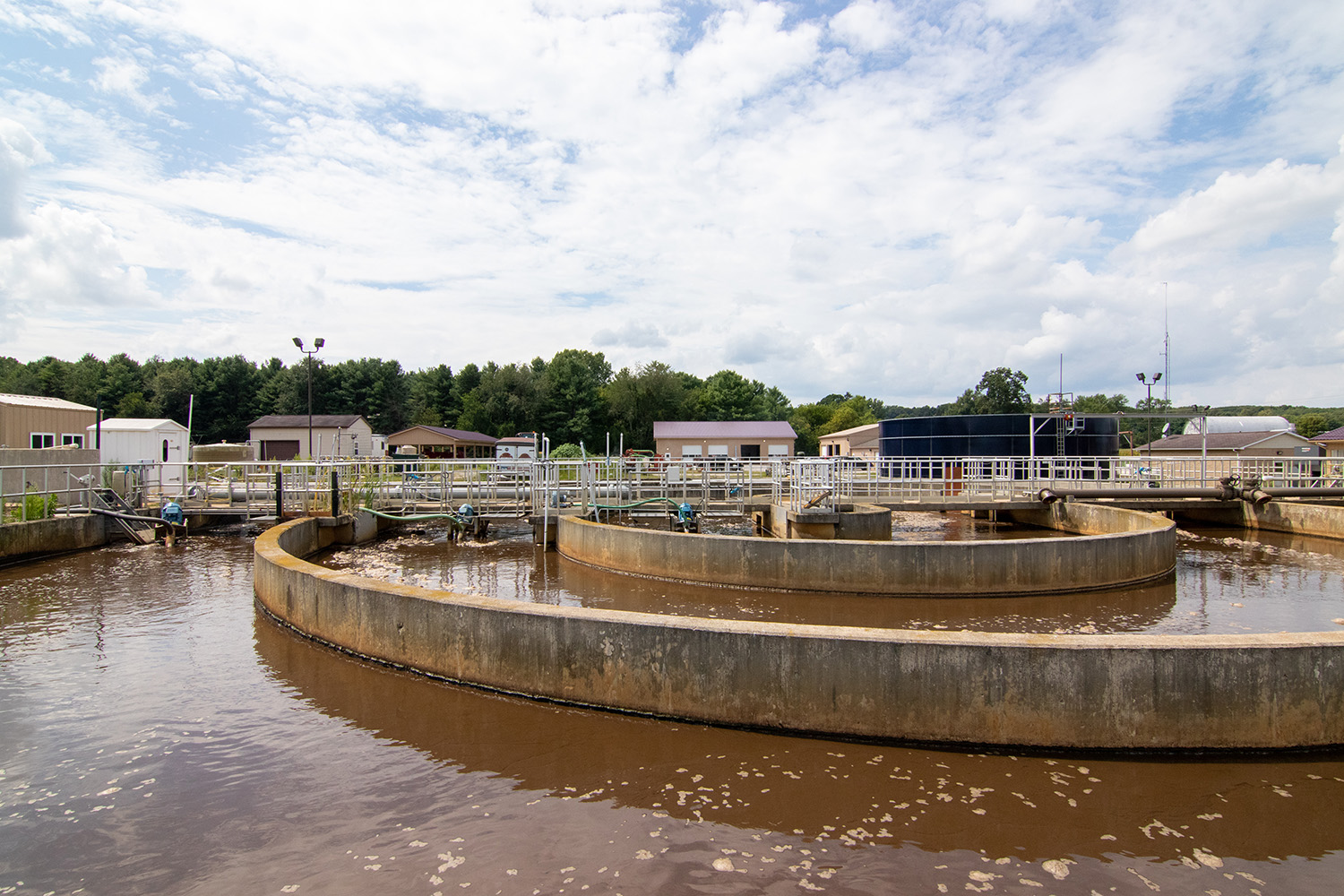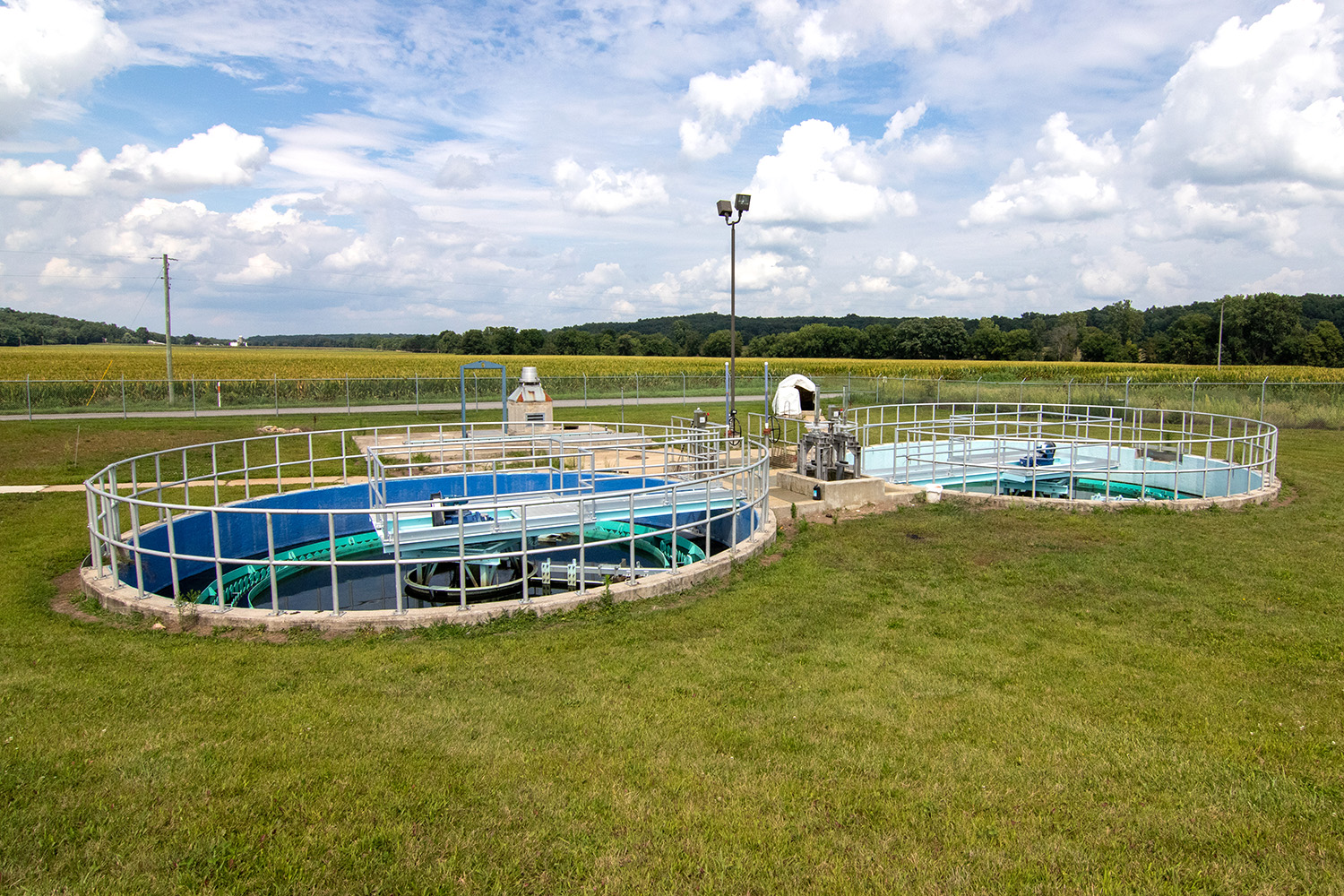The LaGrange County Regional Utility District (LCRUD) recently completed a major upgrade to its Region B Wastewater Treatment Plant, marking a milestone in the District’s ongoing commitment to reliable, efficient, and environmentally responsible service.
Design work began in 2019, with construction completed in two phases between May 2020 and May 2023. The multi-year project addressed aging infrastructure, improved treatment efficiency, and extended the useful life of the plant by more than 30 years.

This engineering project was completed in two phases:
Phase I (2020–2021) - Included a new electrical and blower building and equipment, replacement of the standby generator, a new storage building, and major yard piping improvements for sanitary sewers, storm sewers, air lines, influent force main, and sludge transfer pipes.
Phase II (2021–2023) - Focused on plant performance and efficiency with a new sludge dewatering pad and storage shelter, oxidation ditch upgrades, clarifier and UV system improvements, aerobic digester enhancements, yard piping, surge tank bypass, RAS/WAS pump room improvements, and the replacement of an existing pinch valve, along with the expansion of on-site storage.
These upgrades have increased the reliability of the wastewater treatment plant (WWTP), while also allowing the District to process its own sludge* — eliminating the need for contract hauling and reducing operational costs.
*Sludge is the solid byproduct that remains after wastewater is treated. When sewage or wastewater enters a treatment plant, it goes through several stages to remove solids, organic matter, and contaminants. The liquid portion becomes clean, treated water that can be safely discharged or reused — but the solid material that settles out during the process is called sludge.

One of the project’s most technically challenging tasks involved the Oxidation Ditch* improvements. Crews installed and/or relocated five aerators within the existing structure, cleaning out and providing concrete patching for each channel — all while keeping the plant operational. To do this, each channel of the Oxidation Ditch needed to be taken down one at a time and bypassed. Work was carefully scheduled during non-peak flow periods to maintain treatment performance.
*An oxidation ditch is a type of biological wastewater treatment process used to remove organic matter and nutrients (like nitrogen) from sewage. You can think of it as a large, oval-shaped channel where wastewater is continuously circulated and aerated. Oxidation ditches are popular because they’re efficient, stable, and low-maintenance, making them ideal for small to mid-sized communities.
The installation of variable frequency drives (VFDs) on blower motors and sludge pumps also improved energy efficiency by softening electrical starts and allowing the motors to run more efficiently, reducing electrical demand and operating costs.
Another major achievement was the decommissioning of the Region F WWTP. The facility had exceeded its useful life and would have required significant capital investment to restore. Instead, it was determined that extending the wastewater collection system from Region F to Region B would be more cost-effective. Flows from that area are now directed to the upgraded Region B facility, improving operational efficiency and eliminating an additional discharge point — benefiting local water quality.

The Region B Wastewater Treatment Plant (WWTP) serves the areas surrounding Big and Little Turkey Lake, Pretty Lake, Big Long Lake, Lake of the Woods, McClish Lake, Blackman Lake, Fish Lake, Royer Lake, and the unincorporated towns of Stroh and South Milford in LaGrange County.
By modernizing this critical infrastructure, the District has ensured that customers in these communities will continue receiving dependable wastewater treatment service for decades to come. The project also enhances environmental protection by reducing potential nutrient discharge into local waterways and eliminating an additional discharge point through the consolidation of the Region F facility.
Project leaders credit full-time inspection and strong contractor coordination for keeping the project on track and ensuring high-quality results.
“Looking back, I am most proud of my involvement in the elimination of the Region F Wastewater Treatment Plant. It not only improved operations within the District as a whole but also resulted in tangible environmental benefits for the community.”
- Dan Byam, PE
With the project now complete, the LaGrange County Regional Utility District is well-positioned to meet current and future wastewater needs — supporting sustainable growth and continued environmental stewardship throughout the region.